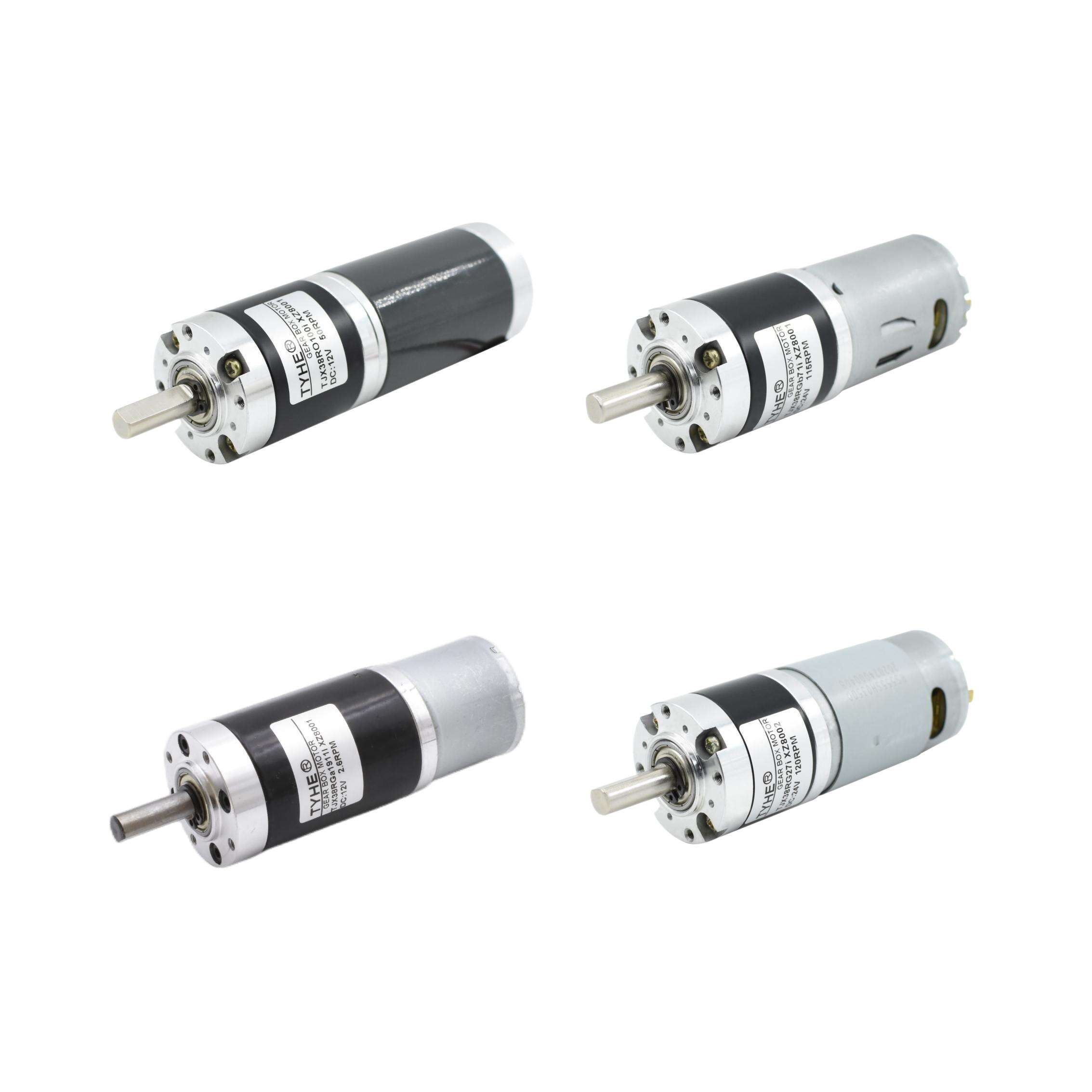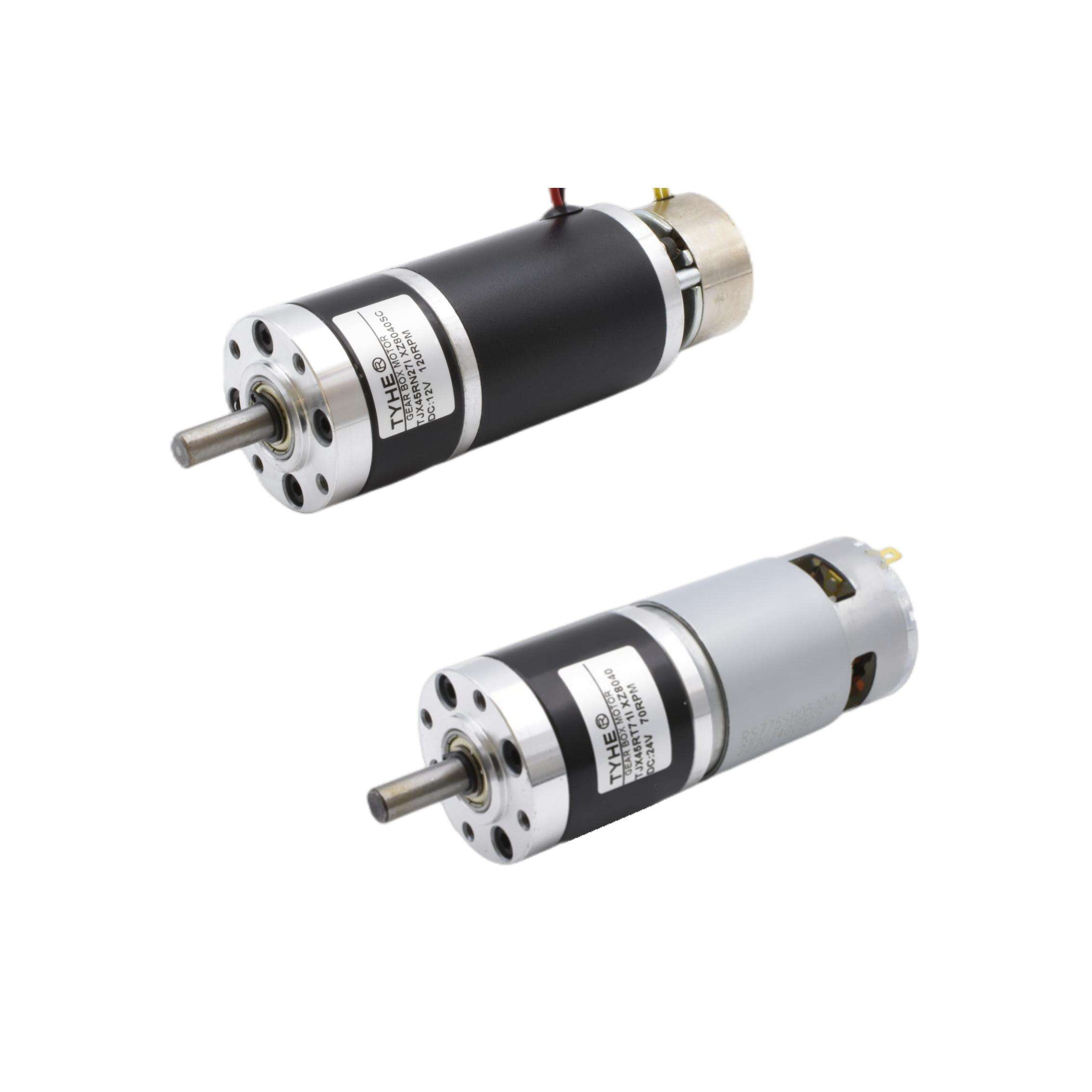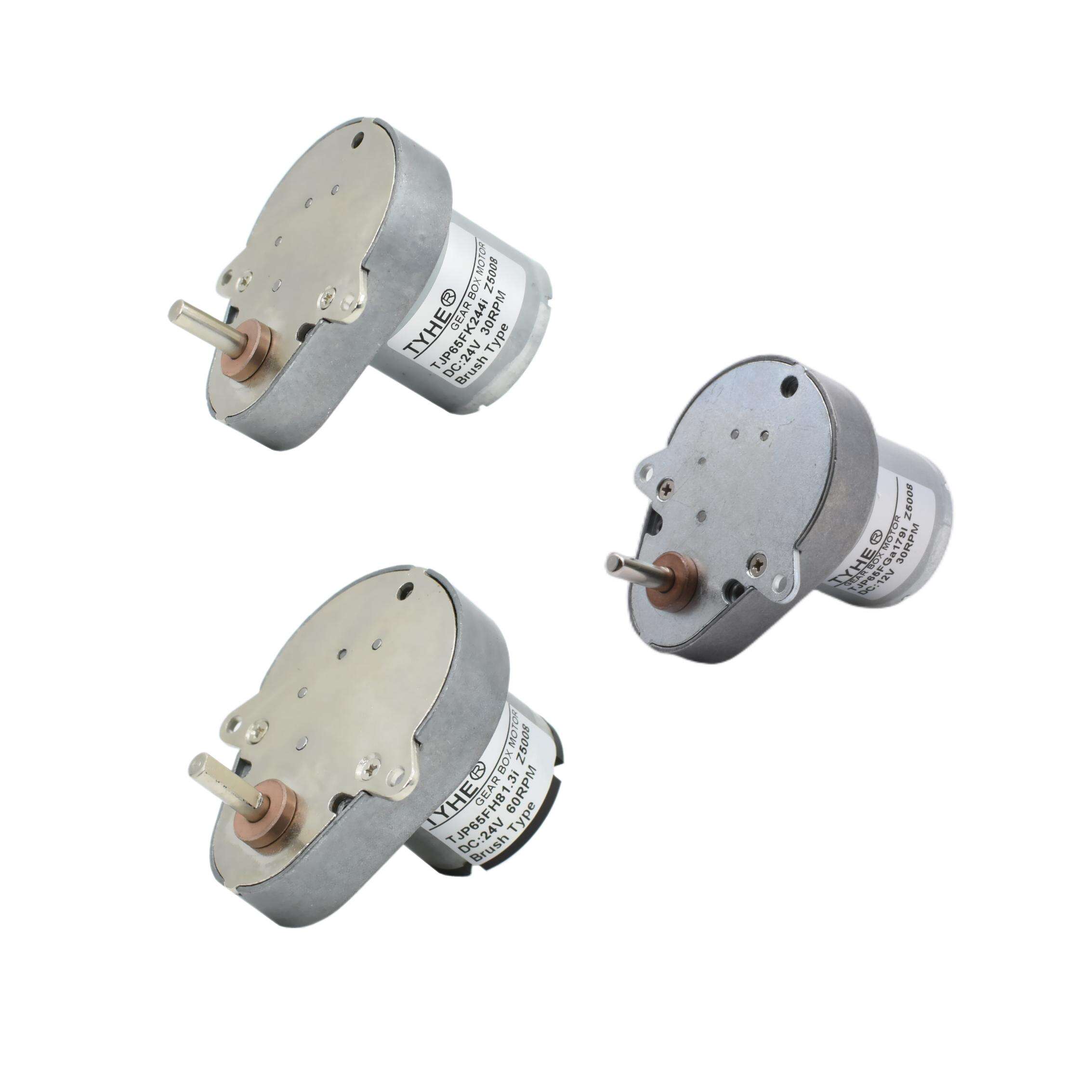brush and brushless motor
Brush and brushless motors represent two fundamental types of electric motors, each serving distinct purposes in various applications. A brush motor contains carbon brushes that maintain physical contact with the commutator to conduct electricity, creating mechanical movement. These traditional motors are simple in design and cost-effective. In contrast, brushless motors utilize electronic commutation, eliminating the need for physical brushes. They employ permanent magnets and a sophisticated electronic control system to generate rotation. The brushless design significantly reduces friction and wear, resulting in higher efficiency and longer lifespan. Both types find extensive applications across industries, from power tools and household appliances to industrial machinery and electric vehicles. Brush motors excel in applications requiring simple control and cost-effectiveness, while brushless motors dominate in scenarios demanding high performance, precision, and reliability. The technological evolution from brush to brushless motors represents a significant advancement in motor technology, offering improved power density, enhanced control capabilities, and superior energy efficiency. These motors continue to evolve with technological advancements, incorporating smart features and improved control systems to meet increasingly demanding applications in modern machinery and equipment.


